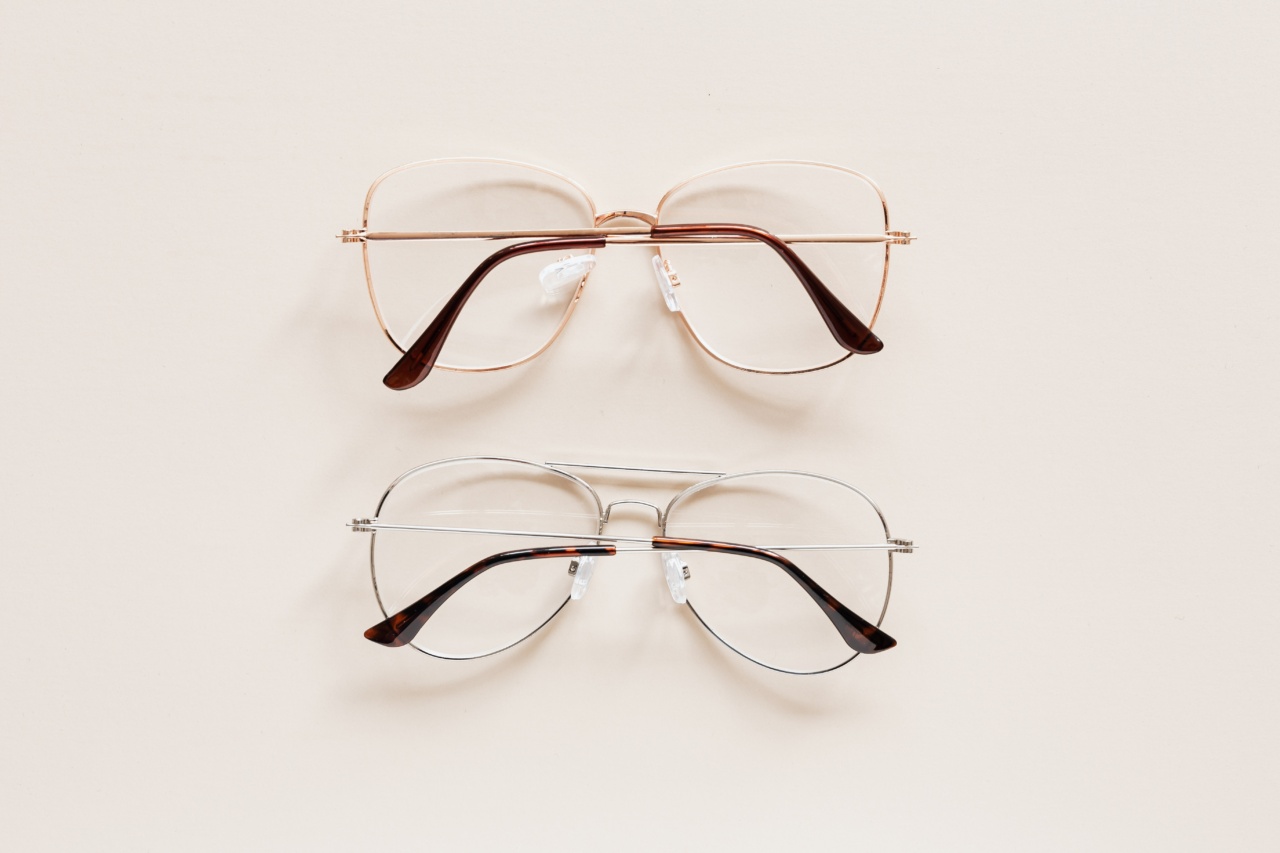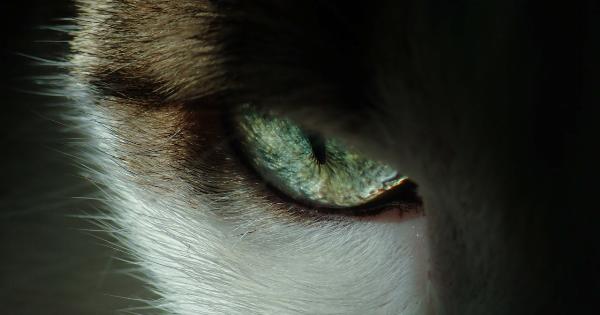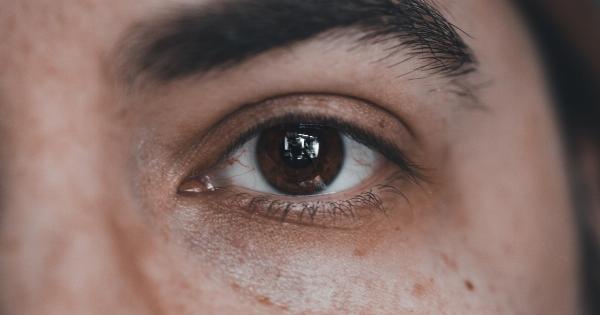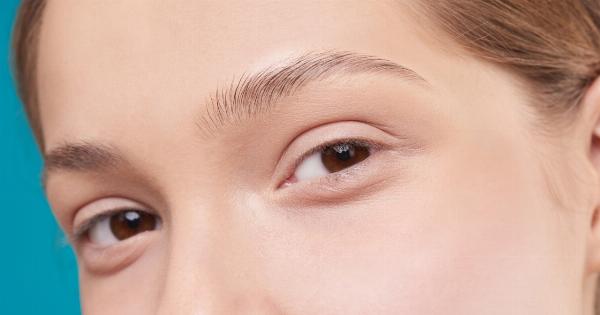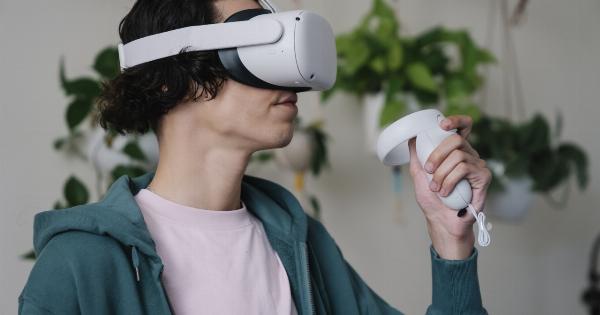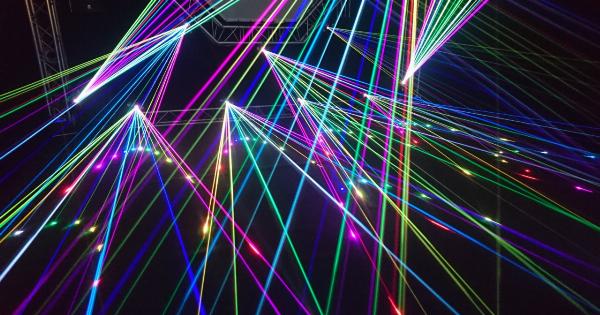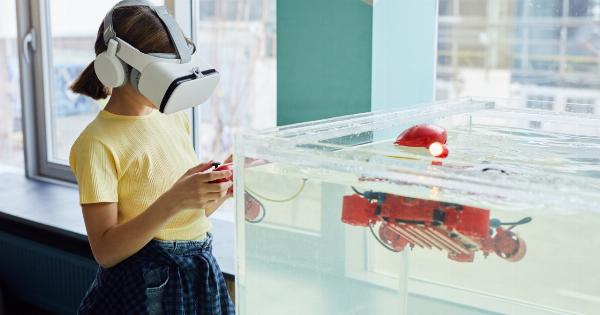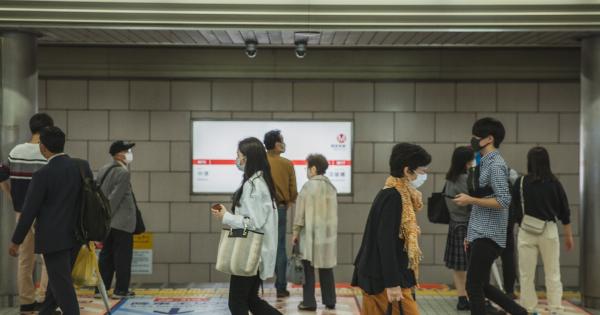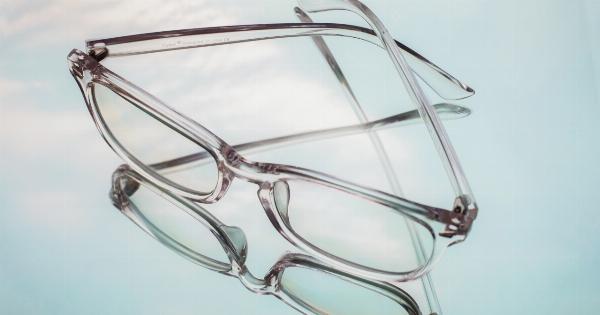Laser myopia correction is a procedure that is used to treat nearsightedness, also known as myopia. This surgical procedure uses laser technology to change the shape of the cornea so that light entering the eye is properly focused on the retina.
This procedure is gaining popularity among people who want to improve their visual acuity and reduce their dependence on glasses or contact lenses.
What is Myopia?
Myopia is a refractive error that occurs when the eye is too long or the cornea is too curved. This causes light entering the eye to focus in front of the retina, rather than on it.
As a result, people with myopia have difficulty seeing distant objects clearly, but can see objects up close without any problem.
How Laser Myopia Correction Works
The laser myopia correction procedure works by reshaping the cornea so that it is flatter and can properly refract light onto the retina. The procedure involves using a laser to remove a small amount of tissue from the cornea, which changes its shape.
By reshaping the cornea, the focal point of the light is shifted to the retina, improving overall visual acuity.
Types of Laser Myopia Correction Procedures
There are several types of laser myopia correction procedures, each with its own advantages and disadvantages.
- LASIK: LASIK, or Laser-Assisted In Situ Keratomileusis, is one of the most popular laser myopia correction procedures. It involves creating a thin flap in the cornea using a microkeratome or femtosecond laser. The flap is then lifted and the cornea is reshaped with an excimer laser. The flap is then placed back into position and left to heal. LASIK is a quick and relatively painless procedure, with most patients experiencing improved vision within a day or two of the procedure.
- PRK: PRK, or Photorefractive Keratectomy, is a procedure that involves removing the cornea’s outer layer before reshaping it with a laser. The outer layer will then grow back over the reshaped cornea. This procedure may be recommended for people with thinner corneas who do not qualify for LASIK. PRK has a longer recovery time than LASIK, with patients often experiencing blurry vision for a few days post-procedure, but is a safe and effective option.
- SMILE: SMILE, or Small Incision Lenticule Extraction, is a procedure that does not require the creation of a corneal flap. Instead, a small incision is made in the cornea and a laser is used to remove a tiny piece of tissue, which reshapes the cornea. SMILE is a relatively new procedure and is not yet as widely available as LASIK or PRK.
Benefits of Laser Myopia Correction
There are several benefits of laser myopia correction:.
- Improved visual acuity: Laser myopia correction can significantly improve a person’s visual acuity, allowing them to see clearly without glasses or contact lenses.
- Faster recovery time: LASIK and SMILE have relatively short recovery times, with patients often experiencing improved vision within a day or two of the procedure. PRK has a longer recovery time, but is still a safe and effective option.
- Reduced dependence on glasses or contact lenses: Laser myopia correction can reduce a person’s dependence on glasses or contact lenses, improving their quality of life and reducing the cost of visual aids.
- Safe and effective: Laser myopia correction is a safe and effective procedure, with most patients experiencing improved visual acuity and little to no complications.
Candidates for Laser Myopia Correction
Not everyone is a good candidate for laser myopia correction. Candidates should:.
- Be 18 years old or older
- Have stable vision for at least one year
- Have a prescription that has not changed significantly in the past year
- Not have any eye diseases or conditions, such as glaucoma or cataracts
- Have corneas that are thick enough for the procedure
- Not be pregnant or breastfeeding
Risks and Side Effects
As with any surgical procedure, there are risks and side effects associated with laser myopia correction. These include:.
- Dry eyes
- Halos or glare around bright lights
- Increased sensitivity to light
- Undercorrection or overcorrection, which may require a follow-up procedure
- In rare cases, loss of vision
Conclusion
Laser myopia correction is a safe and effective procedure for improving visual acuity and reducing dependence on glasses or contact lenses. Candidates should carefully consider the benefits and risks of the procedure before making a decision.
With proper screening, a skilled surgeon, and diligent follow-up care, laser myopia correction can provide significant benefits to those with myopia.
